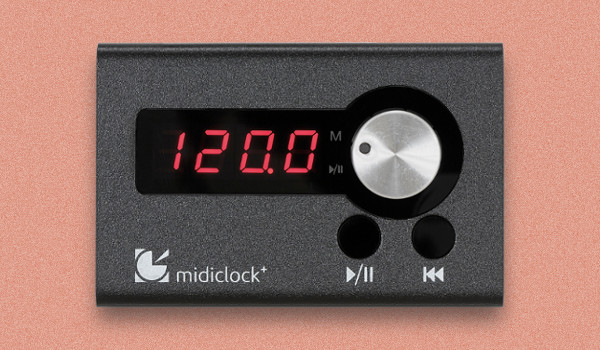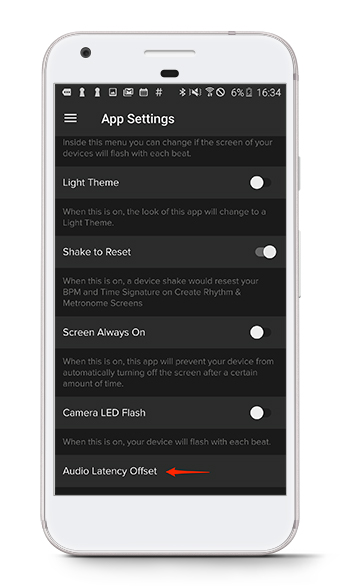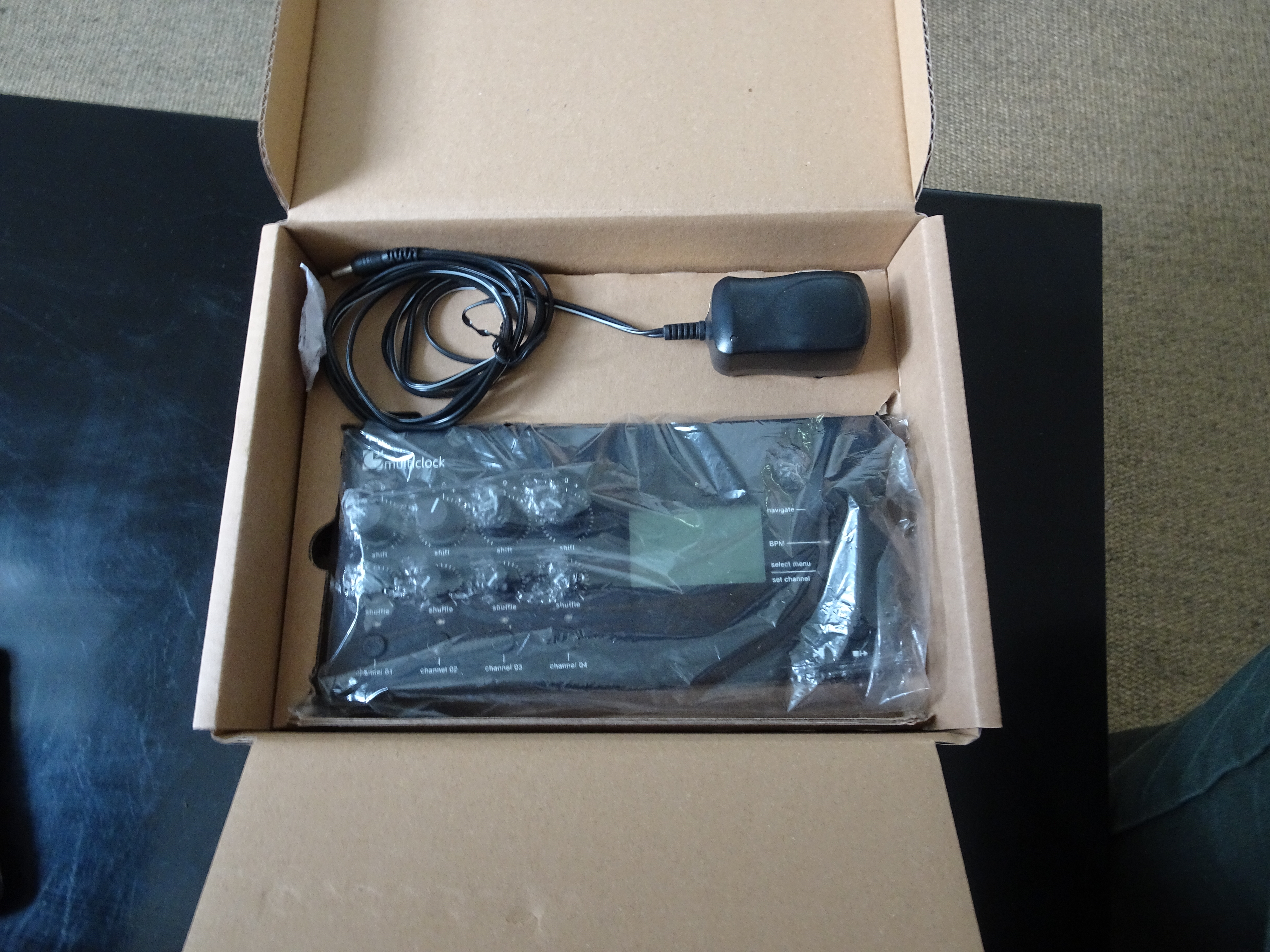

Then a couple hours setting up fx, making different variations, seeing how many places I can take each element, call it a night. Then I pick the best one, and spend another hour putting leads, pads, vocals, and other parts over top of it, trying to get it all to come together into something interesting. The initial stage, because of some tedious, long winded set up, I can get the drums and bass in 10 minutes, and take 3-4 swings at it, in about an hour. In my humble opinion it's been really really worth it. Then it takes even longer to really get the workflow set, especially when learning the OT and pyramid. It's definitely complicated, and a pain to get set up. I set the pyramid to trigger the audio clips in the DAW, the ot is used to perform the main elements live, transitioning between the different variations.

Then those loops go back onto the octatrack.Ĥ) Step three blends into step 4 at different times based on the song, sometimes it's complicated, other times it's simple. The main elements, those will get a ton of variations made, with different fx, patterns, modulation etc. Those will target the drums, and some of the other elements.

The OT for transitions, the pyramid midi cc mods. It's a good idea to recheck the latency right before this, but it's also easy to just shift the audio to get it quantized.ģ) This is where things get messy, the pyramid and the ot are set up for midi cc into the daw. Using the evolver for lead lines, drones, and as a filter/delay/distortion for the octatrack, I record a bunch of the leads/chords/vox etc. Use the octatrack as a typical sampler (I have a bunch of synth progressions and vocals ready to go for the key I want to work in). Record the 8 tracks of drums from octatrack, and live record a few takes of the bass, with different builds and drops or variations of the loop.Ģ) Set up the drums and bass as raw audio, reset the OT and evolver latency. The key for me is to do it in stages, and constantly bounce to raw audio, because latency seems to only change when the CPU load changes.īuild a groove: 1)Drums from the octatrack and bass from the evolver. Since the evolver is my send fx for the octatrack, those two tracks are all the ins I need for now. I set up LFOtool on the octatrack and evolver audio tracks as a tempo synced oscilloscope to check the timing of each. The pyramid also sends (midi A) midi in to bitwig for sequencing synths. The pyramid sends (midi B) midi clock/midi out to an octatrack and a dsi desktop evolver. This sends a gate signal to my squarp pyramid (in a similar fashion to the e-rm). Analogue clock is also available with configurable polarity for optimum compatibility with modular and vintage equipment.Bitwig has a hardware clock device which I send through an audio out. The four available outputs can be programmed to function as a MIDI or DIN output with the the DIN section working on Sync24 format. This function allows you to gently nudge lagging equipment to force it into time with other gear, the range of shift is around 400ms giving you plenty of scope for keeping your rig in check. Shift and shuffle of each channel is available.
#MULTICLOCK FREE#
Multiclock includes for configurable outputs for synchronizing MIDI and DIN equipment to its master clock.ĭAW sync is handled via USB and works on a sample accurate clock stream for the tightest possible jitter free clocking. Multiclock provides a convenient solution to the age old issue of clocking and synchronization between multiple pieces of hardware. The E-RM Multiclock is a multi-format synchronization box that provides seamless and tight clocking for all of your MIDI and DIN equipped instruments.


 0 kommentar(er)
0 kommentar(er)
